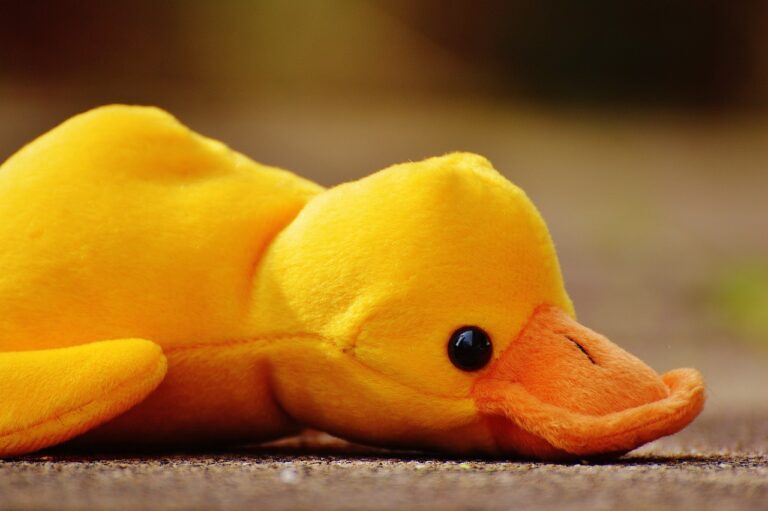Cricket Bat Knocking-in Techniques: Ensuring Optimal Performance: Diamondexch999.com login, Skyexchange sign up, Ready book club login
diamondexch999.com login, skyexchange sign up, ready book club login: Cricket bat knocking-in techniques are essential to ensure optimal performance on the field. Whether you are a professional cricketer or just a casual player, taking the time to properly prepare your cricket bat can make a significant difference in how it performs during the game. In this blog post, we will discuss some effective techniques for knocking in your cricket bat to help you get the most out of your equipment.
Preparing Your Bat:
Before you begin the knocking-in process, it’s essential to make sure your bat is prepared correctly. This includes removing any protective covering that may have come with the bat, such as a plastic film or anti-scuff sheet. Once you have removed any protective coverings, inspect the bat for any surface cracks or imperfections that may need to be addressed before knocking it in.
Using a Mallet:
One of the most common techniques for knocking in a cricket bat is to use a mallet. To do this, simply hold the bat securely and gently tap the face and edges of the bat with a mallet. Start by striking the bat lightly, gradually increasing the force of your blows as you work your way around the bat. Be sure to focus on the edges and the sweet spot of the bat, as these areas tend to take the most impact during play.
Applying Linseed Oil:
After you have completed the knocking-in process, it’s a good idea to apply a coat of linseed oil to the face of the bat. Linseed oil helps to soften the fibers of the willow, making the bat more flexible and less prone to cracking. To apply linseed oil, simply pour a small amount onto a clean, dry cloth and rub it into the face of the bat in a circular motion. Allow the oil to dry completely before using the bat in a game.
Using a Ball:
Another effective technique for knocking in your cricket bat is to use a cricket ball. Simply place the ball on the face of the bat and gently roll it back and forth, applying pressure as needed. This helps to compress the fibers of the willow and ensure that the bat is fully knocked in. You can also use the ball to focus on specific areas of the bat that may need extra attention, such as the edges or the toe.
Storage and Maintenance:
Once you have knocked in your cricket bat, it’s crucial to store and maintain it properly to ensure optimal performance. Store your bat in a cool, dry place away from direct sunlight, and be sure to keep it away from extreme temperatures or moisture. Periodically check your bat for any signs of wear or damage, such as cracks or splits, and address any issues promptly to prevent further damage.
FAQs:
Q: How long does it take to knock in a cricket bat?
A: The knocking-in process can take anywhere from a few hours to a few days, depending on the method used and the thoroughness of the process.
Q: Do I need to knock in a new cricket bat?
A: Yes, it is highly recommended to knock in a new cricket bat to ensure optimal performance and durability.
Q: How often should I re-oil my cricket bat?
A: It is a good idea to re-oil your cricket bat every few months or as needed to keep the fibers of the willow supple and strong.
In conclusion, taking the time to properly knock in your cricket bat is essential for ensuring optimal performance on the field. By following these techniques and tips, you can help extend the life of your bat and get the most out of your equipment during games and practices.







